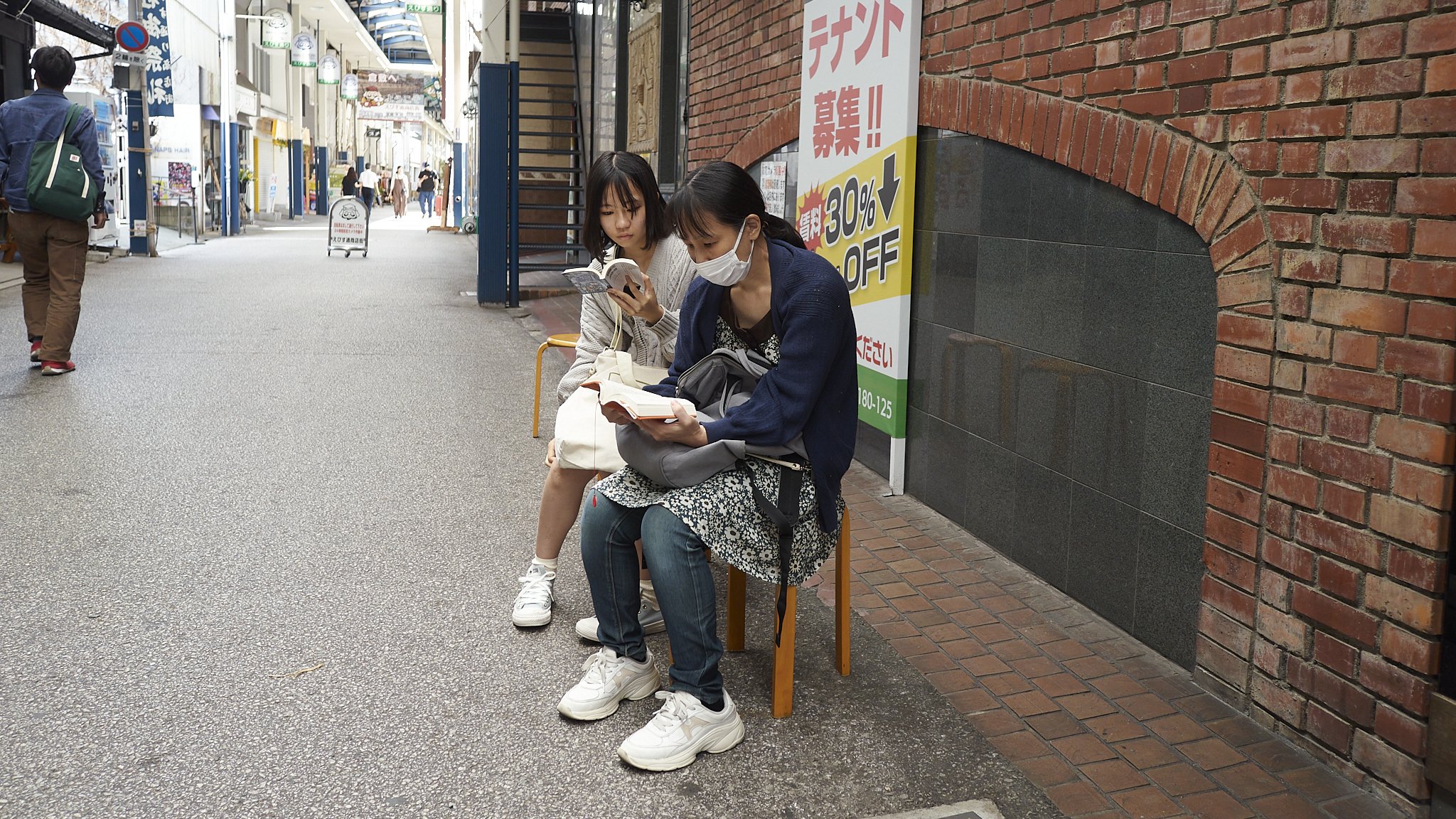The head sports writer at the paper (yep still there for now), is a big exponent of story telling images.
The decisive moment is fine, but apart from being down as much to luck as skill, it does not tell a story. I will admit the score board helps :).
Just as powerful or maybe even more. Now the scoreboard and the player are in sync.
How about the captain/coach congratulating the bowler with the dejected batsman walking off? The scoreboard would have been perfect here, but that would have been too lucky.
I love shooting end to end. It gives you the two principal players and potentially the keeper and umpire. When facing the batsman, you have to be small and still, often hiding in the background if possible, but the results can be worth it. When facing the bowler, there is no such limitation. The ball is missing in the one above, but the drama is intact.
Story; one of many balls that beat the bat. I actually got the wicket in a subsequent image, but the keeper obscured the shot.
Story; Close call, opportunity lost, surprise from the batter that they got away with it?
Story: more frustration from the other batter now. The bowler did eventually get a wicket.
Story; a fresh batsman is nearly dismissed LBW and everybody knows it.
Often the drama is the not in the peak of the action, but the aftermath or the close call. Much as in life, drama and people are the key, action is just the focus.



















































































































































